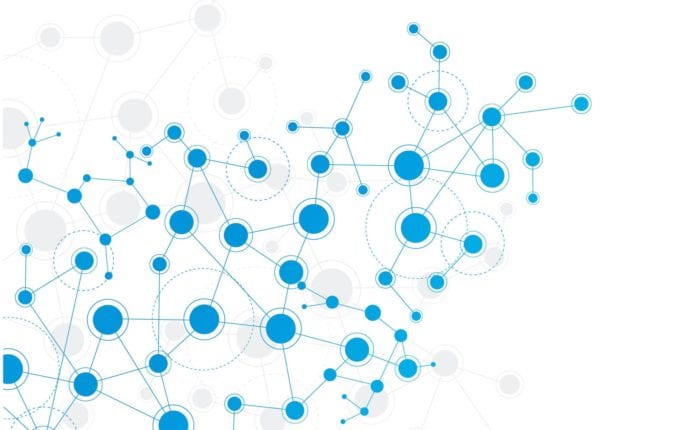As 5G moves beyond enhanced mobile broadband, the importance of cell site routers as RAN service nodes comes into sharp focus
The current thrust of 5G network deployments is offering up a consumer-facing enhanced mobile broadband experience. This, in and of itself, involves operators deploying new spectrum to create more capacity, which is passed on to users; in addition to RAN and core investments, delivering more capacity means adding more capacity to the transport networks that route that traffic at cell sites.
But as 5G develops and the 3GPP continues to enhance the New Radio specification, the industry will move beyond enhanced mobile broadband to support for higher-quality fixed wireless access, massive support for the internet of things and ultra-reliable, low-latency communications. This will push 5G from a consumer service to an all encompassing connectivity fabric that drives broad digital transformation.
As Ericsson VP of Strategy and Business Development and Head of Transport Shane McClelland put it in a blog, “Pure routing functionality needs may vary based on 5G RAN architectures, deployment models, and use cases.”
McClelland gave two examples: a distributed RAN architecture focused on enhanced mobile broadband and a centralized RAN architecture serving fixed wireless, mobile and enterprise-specific applications. In the former example, transport needs to scale to meet the heightened capacity demands of 5G and, in the latter, when flexible support of data traffic demands is needed, “routing functionality at the CRAN hub site can become vitally important.”
Given the variability in 5G RAN configurations and capacity demand, the question arises: should routing investments be focused on current cell site routers, at the gNodeB, or co-located with mobile edge compute infrastructure?
Ericsson’s answer is its Router 6000 product family, which includes variants in a variety of form factors that support 5G capacity demands and can be integrated with indoor and outdoor Ericsson Radio System products.
In addition to meeting immediate 5G challenges such as a massive increase in network capacity, cell site routers also play a key role in the longer-term vision of 5G–creating virtual network slices in service of specific enterprises, applications or devices. The driver behind network slicing for operators is to optimize allocation of network and spectral resources while developing new revenue streams based on provisioning these virtual slices.
Ericsson’s Michael Gronovius, customer solutions sales director, told RCR Wireless News, “It’s not just slicing in the RAN and the packet core. You also have to extend that slice…into the transport network.” An end-to-end approach to network slicing includes software-defined traffic control for transport configuration and optimization across multiple transport domains.
In addition to playing a foundational role in end-to-end network slicing, the transport network is a key part of securing not just slices but network traffic in general. Security gateways distributed throughout the transport network can dynamically apply varying levels of security depending on the type of traffic.
McClelland drew a distinction between high security and lower security slices. “Service providers must ensure different virtual network slices are adequately isolated from one another. In some cases traditional security gateway functionality will suffice. In other cases, due to performance requirements, the [security gateway] may need to be distributed to the 5G RAN site or the CRAN hub. In addition to network slicing, adding in-building networks and small cells over untrusted domains also requires new security approaches in the transport layer.”
To learn more about Ericsson’s approach to transport, check out the following materials:
- “How to upgrade RAN in the face of fiber network constraints”
- “How to ensure emerging RAN requirements are actually supported by transport”
- “5G is all in the timing”
- “Hubs, heat and hops: Market drivers for 5G transport”
- “What is the future of the 5G cell site router?”
- Transport networks have to evolve as 5G scales
5G RAN site or CRAN hub. In addition to network slicing, adding in-building networks and small cells over untrusted domains also requires new security approaches in the transport layer.

